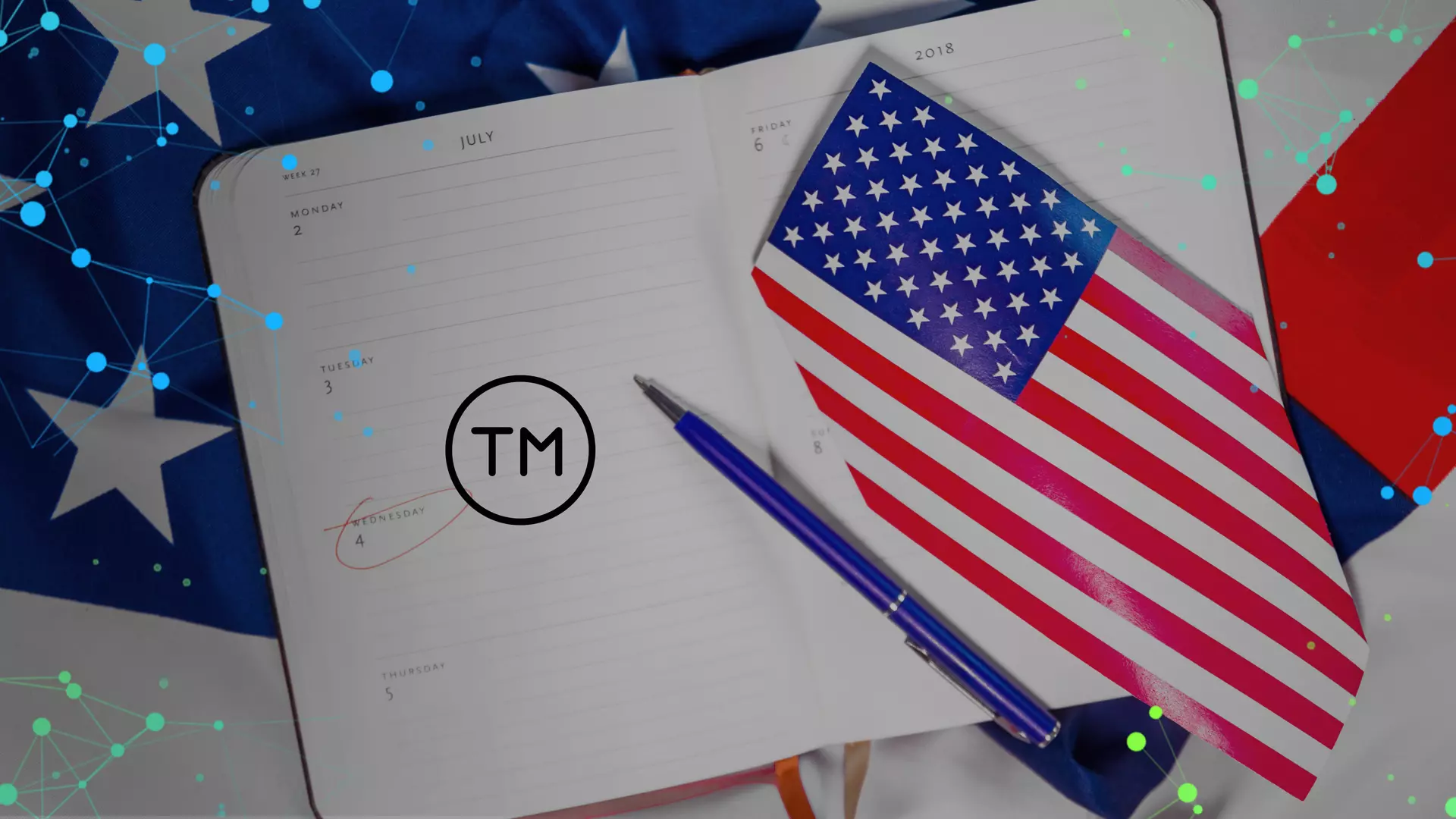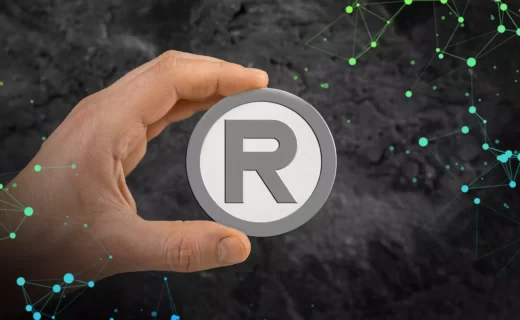Trademark Registration in the USA “Turnkey”
Trademark (TM) registration in the United States is an essential step for businesses wishing to protect their unique brands and trademarks in the American market. The experts at the Dextra Law legal firm, with extensive experience in intellectual property, are ready to provide a full range of “turnkey” trademark registration services, from availability searches to ongoing support and protection. Join our expert team to ensure the reliable legal protection of your brand in the USA.
Features of Trademark Registration in the USA
The key feature of the procedure is the choice of the basis for filing the application. Let’s consider the main provisions describing the grounds for filing an application:
- Use in Commerce. An application can be filed based on the actual use of the TM for commercial purposes. Evidence of usage and information about the actual market use of the mark must be provided.
- Intent-to-Use (ITU). This basis allows you to file an application even if the trademark has not been used yet, but there is an intention to use it in the future. After the application is accepted, evidence of use must be provided before the issuance of the final certificate.
- Foreign Application/Registration (under the Paris Convention). If the TM has been registered in another country, this registration can be used as a basis for filing an application in the USA under the Paris Convention.
- International Registration (under the Madrid Agreement). Known as the Madrid System, this basis allows for the filing of an international application and extends the protection of the TM in the USA based on international registration.
Goods and Services Classes
The international classification of goods and services (ICGS) is determined based on groups that include goods and services for trademark registration. The primary ICGS classes look like this:
- Class 1: Chemicals
- Class 2: Paints and varnishes
- Class 3: Cosmetics and cleaning preparations
- Class 4: Oils and greases
- Class 5: Pharmaceuticals and veterinary preparations
- Class 6: Metals and their alloys
- Class 7: Machines and equipment
- Class 8: Hand tools
- Class 9: Electrical and scientific apparatus
- Class 10: Medical devices and instruments
- Class 11: Lighting, heating, and cooling devices
- Class 12: Vehicles
- Class 13: Firearms and ammunition
- Class 14: Jewelry
- Class 15: Musical instruments
- Class 16: Paper and stationery goods
- Class 17: Rubber products
- Class 18: Leather goods and bags
- Class 19: Building materials
- Class 20: Furniture and accessories
- Class 21: Household goods
- Class 23: Yarns and threads for textiles
- Class 24: Textile materials
- Class 25: Clothing and footwear
- Class 26: Fancy goods and accessories
- Class 27: Floor coverings
- Class 28: Toys and games
- Class 29: Food products
- Class 30: Confectionery products
- Class 31: Agriculture and food products
- Class 32: Non-alcoholic beverages
- Class 33: Alcoholic beverages
- Class 34: Tobacco products
- Class 35: Advertising and business management
- Class 36: Financial services and real estate
- Class 37: Construction and repair
- Class 38: Communication and telecommunications
- Class 39: Transportation and storage
- Class 40: Materials treatment
- Class 41: Education and entertainment
- Class 42: Scientific and technical services
- Class 43: Hotel and restaurant services
- Class 44: Medical and beauty services
- Class 45: Legal and social services
Stages of Trademark Registration in the USA
Trademark registration in the USA is a complex and important legal process. The main stages of the procedure include:
- Conducting a comprehensive preliminary search to determine the availability of the trademark and avoid conflicts.
- Preparing and filing the official application with the United States Patent and Trademark Office (USPTO).
- Determining and correctly classifying the goods and services you plan to protect.
- Filling out all necessary documents and providing descriptions of goods or services, logos, and other elements.
- Communication with the USPTO in case of additional inquiries or requirements.
- Review of the USPTO application, its publication, and possible issuance of requirements or observations.
- Resolution of conflicts, if there are any demands or challenges to the registration.
- Official issuance of the trademark registration certificate.
- Monitoring and protecting trademark rights after obtaining registration.
Factors Affecting the Cost of TM Registration
The cost of trademark (TM) registration can depend on various factors:
- Choice of services and packages;
- Number of ICGS classes;
- Geographic registration;
- Level of support;
- Filing deadlines.
Protect your brand with a reliable partner – Dextra Law, where your success is our priority!




